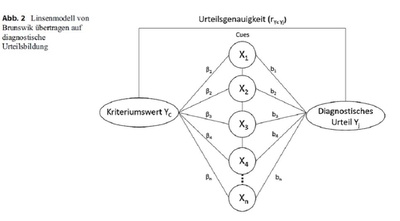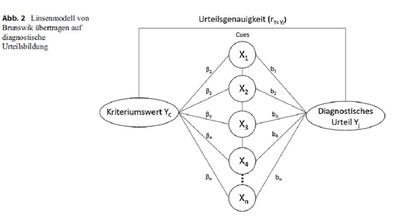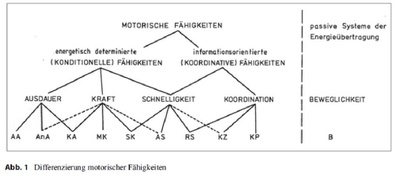
Comparison of Different Approaches Estimating Skeletal Muscle Oxygen Consumption Using Continuous-Wave Near-Infrared Spectroscopy at a Submaximal Contraction Level—A Comparative Study
25 März 2022
Paternoster, F. K., & Seiberl, W. (2022). Comparison of Different Approaches Estimating Skeletal Muscle Oxygen Consumption Using Continuous-Wave Near-Infrared Spectroscopy at a Submaximal Contraction Level—A Comparative Study. Applied Sciences, 12(5), 2272.
http://dx.doi.org/10.3390/app12052272
Abstract:
Continuous-wave near-infrared spectroscopy (CW-NIRS) is a method used to non-invasively estimate skeletal muscle oxygen consumption (mVO2). Three different signals are provided by CW-NIRS devices: (1) oxygenated hemoglobin (O2Hb); (2) deoxygenated hemoglobin (HHb); and (3) tissue saturation index (TSI). Typically, the signal’s slope is interpreted with respect to high or low mVO2 during a muscle action. What signal (or combination of signals) is used for slope interpretation differs according to what approach is used, and there are several published in literature. It is unclear if resulting mVO2 estimates can be used interchangeably. Hence, this work aimed to compare five commonly used approaches on the same set of CW-NIRS data regarding their agreement in estimated mVO2. A controlled, lab-based study setting was used for this experiment. Data are based on isometric dorsiflexion contractions of 15 subjects at 30% of voluntary maximum torque, at two different ankle angles. CW-NIRS was placed on the m. tibialis anterior and blood flow was occluded. The approaches for mVO2 estimation included calculations based on (1) TSI, (2) the difference between O2Hb and HHb (Hbdiff), (3) the mean of slopes from O2Hb and HHb (Hbmean), (4) the HHb signal, and (5) the O2Hb signal. Linear regression modelling was used to calculate respective slopes (r2 > 0.99). Repeated measures ANOVA identified significant differences between the approaches (p < 0.001, ω2 = 0.258). Post-hoc tests revealed that only TSI vs. Hbmean and Hbdiff vs. HHb gave comparable results (p > 0.271). In addition, Bland–Altman plots showed good accuracy (mean bias ~2%) but low precision (±20%) between the comparisons. Thus, the different approaches to estimate mVO2 cannot be used interchangeably. The results from different studies using different approaches should be compared with caution.
Kontakt:
Professur für Bewegungswissenschaften mit einem Schwerpunkt Digitalisierung

